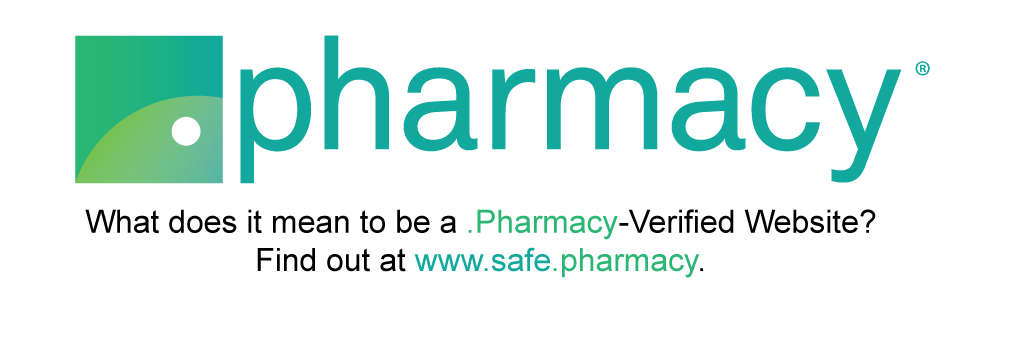It’s likely you’ve heard about shingles, or may even know someone who has had the painful rash, but what exactly is shingles, and how can you prevent it? The varicella-zoster virus (VSV) causes two distinct forms of infection, chickenpox and shingles. It’s important to recognize how you can contract this virus and what you can do to protect against it.
If You’ve Ever had Chickenpox, You Can Develop Shingles
A primary VSV infection occurs when you’re first exposed to the virus, referred to as varicella or chickenpox. Chickenpox is a highly contagious condition spread through direct person-to-person contact, sneezing, or coughing. Most people recognize it from the itchy blisters or “pox” that appear all over the body. In healthy people, the condition is mild and resolves within 5-10 days1. As chickenpox resolves, the varicella-zoster virus retreats into the nerve cells and goes into hiding. The virus’s ability to evade the immune system allows it to lay dormant until future reactivation1. Although anyone previously infected with chickenpox will carry VSV in their system, not everyone will experience the virus’s reactivation.
According to the CDC, 1 in 3 Americans will experience the reactivation of the VSV. When this occurs, it manifests as a secondary infection called herpes zoster or shingles1. The virus travels down a nerve and produces a patch of painful lesions on the skin that may permanently scar or discolor the skin.
Shingles is More Dangerous Than Chickenpox
As the infection moves down the nerve, it causes inflammation resulting in damage or cell death2. This causes the most painful and lasting effect of the infection, called peripheral neuropathy or nerve pain. Inflammation may also occur in the eyes and the brain causing serious and potentially fatal complications1. Shingles is more dangerous than chickenpox, especially because it usually occurs in older people who may have weaker immune systems with less ability to fight off the infection.
How Can You Prevent Shingles? Vaccination
The first vaccine to prevent the primary VSV infection, or chickenpox, was not developed until 1995. This means much of the older population has been exposed to chickenpox. Zostavax, the first vaccine to prevent the reactivation of the virus (shingles), did not come out until 20064. Many people may have already received the Zostavax vaccine. However, a better vaccine has taken its place.
Shingrix: A Better Way to Prevent Shingles
In the fall of 2017, Zostavax was replaced by Shingrix as the CDC recommended vaccine to best prevent shingles and related complications. Shingrix, unlike Zostavax, is not a live vaccine and cannot cause shingles. Shingrix is given in two doses, and is over 90% effective at preventing shingles3. The CDC recommends that everyone over the age of 50 of receive Shingrix. You should get the Shingrix vaccine if you have already had shingles, previously received Zostavax or if you’re not sure you had chickenpox as a child. Studies show that 99% of Americans over 40 have been exposed to the chickenpox virus whether they realize it or not3.
Patient populations at the highest risk of shingles include:
- those over 50
- immunocompromised patients
- females
- anyone with underlying chronic lung and kidney disease.
Facts About Shingrix3
- After your first dose of Shingrix, you should receive the second dose within 2-6 months.
- You can receive the vaccine at your community pharmacy without a prescription.
- Shingrix is covered by Medicare Part D. Ask your pharmacist to see if your plan covers it.
- Shingrix can cause injection site soreness and pain. Using ibuprofen or Tylenol can help.
- Talk to your pharmacist or doctor to see if Shingrix is right for you.
- Always discuss all conditions/medications with a doctor or pharmacist before getting a vaccine.
References
- Albrecht, MA. Clinical manifestations of the varicella-zoster virus infection: Herpes zoster. In: Basow DS, ed., UpToDate. Waltham (MA).: UpToDate; 2016.
- Albrecht, MA. Epidemiology and pathogenesis of varicella-zoster virus infection: Herpes zoster. In: Basow DS, ed., UpToDate. Waltham (MA).: UpToDate; 2016.
- Centers for Disease Control and Prevention. Vaccines & Preventable Diseases. Vaccines by Disease. Shingles. Retrieved at https://www.cdc.gov/vaccines/vpd/shingles/public/zostavax/index.html. Accessed 2018 Jan 22.
- Immunization Action Coalition. Chickenpox (Varicella): Questions and Answers. Retrieved at: https://www.immunize.org/catg.d/p4202.pdf. Accessed 2018 Jan 22.
If you’re struggling to afford your medications,
visit www.WellRx.com to compare the cash price at pharmacies near you.
You may find prices lower than your insurance co-pay!













 Store & manage your medication list
Store & manage your medication list Medication pricing updates
Medication pricing updates Pill & refill reminders
Pill & refill reminders Medication journal & mood log
Medication journal & mood log